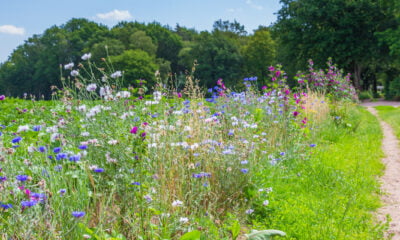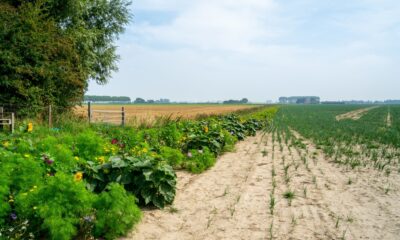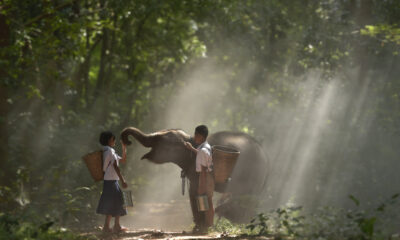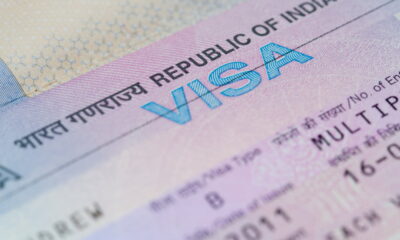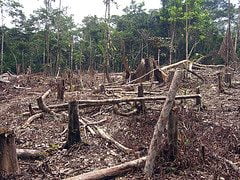

Environment
Brazilian soy production still unsustainable according to campaigners
Brazil’s soybean industry has been blamed for indirectly contributing to the deforestation of the Amazon, despite the introduction of a moratorium that aimed to prevent this process.
Brazil is the second largest producer and exporter of soybean, after the US.
Most of the world’s soy crop is used in feed for poultry, pork and cattle. Global demand for meat is increasing, requiring an increase in soybean cultivation, which in turn requires vast expanses of land.
The deforestation of areas of rainforest for soybean cultivation threatens wildlife and biodiversity. In South America, almost 4m hectares of forests are destroyed every year, 2.6m of them in Brazil alone.
Inspired by a Greenpeace campaign, in 2006, the Brazilian Association of Vegetable Oil Industries (ABIOVE) and the National Association of Cereal Expoerters (ANEC) signed the Soy Moratorium, an agreement that has been regularly renewed and is now in effect until January 2014.
The agreement ruled that soy that had been grown on deforested land would not be exported. The moratorium is observed by multinationals such as Bunge, Cargill and ADM, and involves 90% of Brazil’s soybean exports. Deforestation to grow soybean continues, as some buyers have not signed the agreement.
There was only a 57% increase in areas that were deforested after 2006 and used to grow soybean from 2011 to 2012, compared to an increase of 350% between 2008 and 2009.
However, the soybean industry is still blamed for indirectly contributing to the deforestation of the Amazon.
“This agreement shows that consumers no longer tolerate deforestation of the Amazon, but it does not control the indirect impact of soybeans on the jungle,” said Marcio Astrini, co-ordinator of Greenpeace Brazil’s Amazon protection campaign.
Areas of rainforest are still being deforested by ranchers to raise cattle. When the cattle have exhausted these areas, soybean growers move in and buy the land. In 2008, 62% of deforested Amazon land was used to graze cattle.
Bernardo Machado Pires, head of environmental affairs at ABIOVE, said, “It [the soybean industry] buys land that has already been cleared, which is easier to plant, and the cattle raising moves to areas that are less expensive, in other words, the jungle. Thus are the dynamics of agriculture in these regions.”
Environmental campaigners argue that there is an alternative, and that Brazil could increase production without damaging such vulnerable ecosystems.
“The country has 60m hectares of former pasture or abandoned land. They could be turned into productive land and thus double the amount of farm land”, said Astrini.
Overall deforestation in the Amazon rainforest has continued to increase, accelerating by 88% in 2012 according to satellite analysis.
Brazilian NGO Mongabay’s deforestation tracking system, SAD, detected that 1,570 sq km of forest was lost between August 2012 and April 2013.
Mongabay’s satellite analysis follows research by scientists that also links rainforests to the productivity of hydroelectricity generation.
Further reading:
Skincare companies under scrutiny over palm oil use
Deforestation in Africa is slowing, says study
Pope Francis calls for Amazon protection


 Environment10 months ago
Environment10 months agoAre Polymer Banknotes: an Eco-Friendly Trend or a Groundswell?

 Environment11 months ago
Environment11 months agoEco-Friendly Home Improvements: Top 7 Upgrades for 2025

 Features9 months ago
Features9 months agoEco-Friendly Cryptocurrencies: Sustainable Investment Choices

 Features10 months ago
Features10 months agoEco-Friendly Crypto Traders Must Find the Right Exchange
